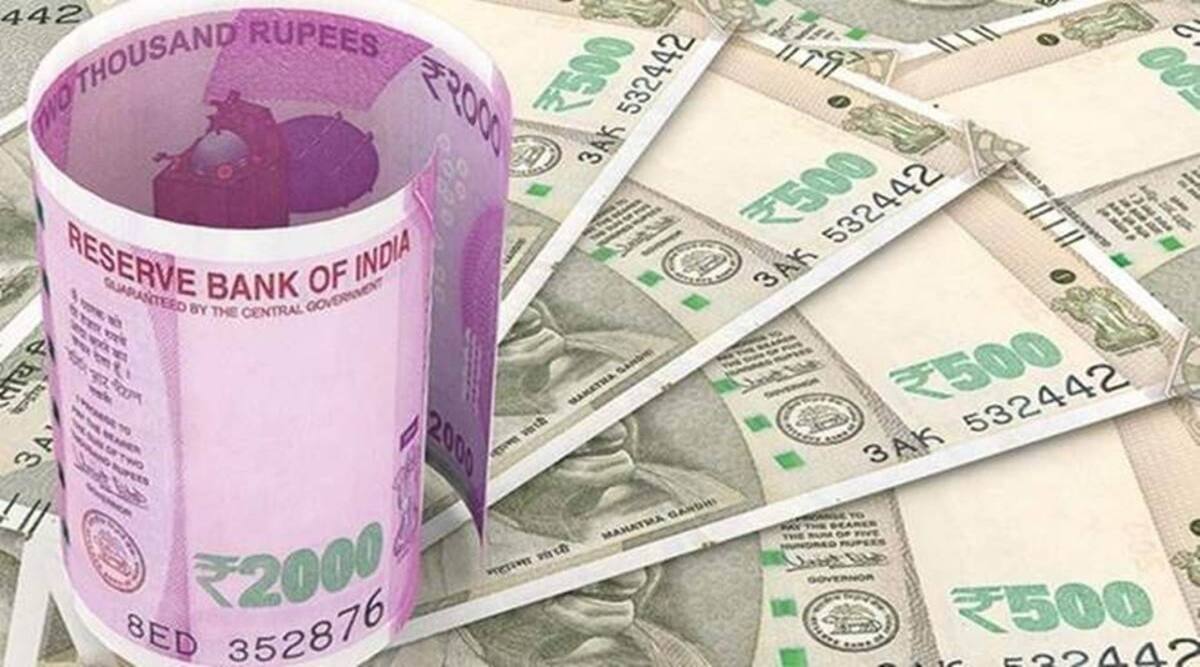The rupee on Thursday recovered some lost ground against the dollar following the fall in crude oil prices and the Reserve Bank of India’s measures aimed at attracting dollar flows and stemming the currency’s fall.
The recovery came against the continued strength of the dollar index, which was trading at levels of close to 107. While it rallied smartly in early morning trades, moving up to 78.90, the rupee gave up some of the gains to end the session at Rs 79.175, an appreciation of 13 paise over Wednesday’s close.
While the one-way fall in the Indian currency may have been arrested for the time being, market experts believe the rupee will remain weak unless there is a significant fall in prices of crude oil and other commodities. That would help rein in the current account deficit (CAD) meaningfully.
Experts are not convinced the measures rolled out by RBI, including more access to rupee debt by foreign portfolio investors (FPI), higher borrowing limits for top-grade firms via ECBs and easier norms for banks to raise dollar deposits, will result in any significant dollar inflows.
“Foreign portfolio inflows have been lukewarm to debt, with net outflows for the past six months and existing debt limits still to be exhausted,” DBS analyst Radhika Rao wrote. FPIs will likely wait for interest rates to peak and for the rupee to stabilise before committing more to debt investments, experts said.
As for FCNR (B) and NRE deposits, which have been freed of reserve requirements and interest rate caps, experts pointed out it is currently cheaper to source deposits locally given the cost of forward premiums. Unless, rupee deposits become much costlier, as a consequence of rate hikes, it would not be worthwhile to chase foreign deposits, they explained. Consequently, dollar inflows are likely to be modest.
“The measures announced today are fundamentally good steps to attract capital, in our view, but may take some time to have an impact as the pressure on the rupee is primarily coming from the large sticky current account deficit, and not just capital outflows, Rahul Bajoria, chief economist at Barclays India, wrote.
The rupee has depreciated by nearly 6% so far in 2022, primarily on the back of the strengthening dollar, which is expected to stay strong as the US Fed tightens monetary policy to fight inflation. Nomura’s Asia economist Sonal Varma forecasts India’s CAD would widen to 3.3% of GDP in FY23 from 1.2% in FY22. Varma believes that several headwinds, including weakening BoP dynamics, aggressive Fed hikes and rising US recession risks, should see the rupee weakening in the coming months to levels of 82 by Q3 2022 and 81 by Q4 2022.

Leave a Reply